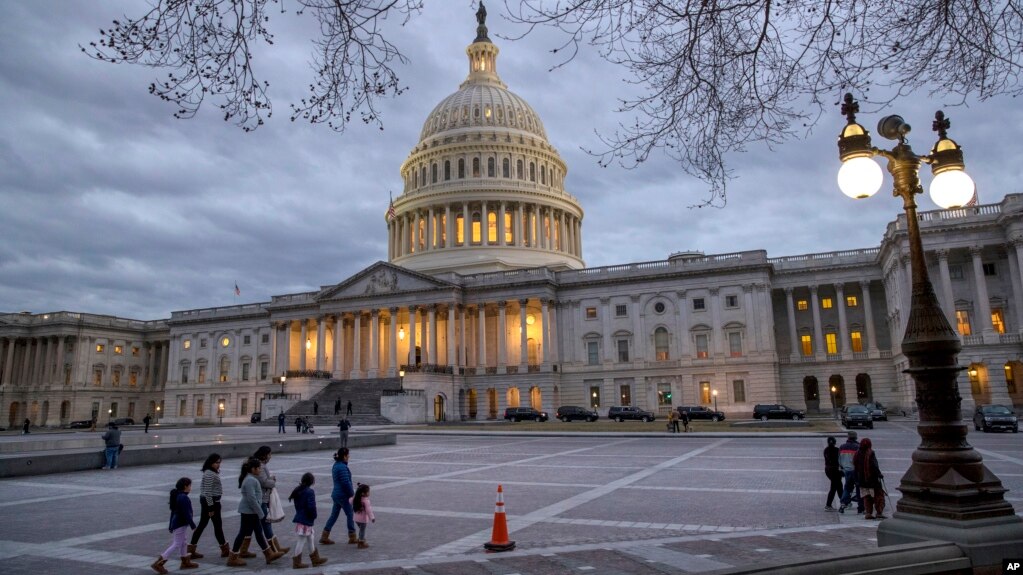bluesman
Registered Damn User
Since Congress is in charge of spending, I am posting in this thread in the "Congress" section of the forum.
I heard this guy, Bill White, the former Houston Mayor, being interviewed on the radio yesterday and I was impressed with what he was saying. You can click on the link to read a different interview that he did also.
BOOK REVIEW & Conversation: 'America's Fiscal Constitution' by Bill White | The Rivard Report
In the book which is surprisingly readable, despite being dense with information. White examines periods in American history when the government went into debt. Using these examples, he elucidates part of an unwritten constitution, the American Fiscal Tradition, that guided how the government spent money, levied taxes, and borrowed money.
For those of us who came of voting age post-2001, its full of surprises.
His conclusion: America grew into the superpower that it is on a pay as you go plan, borrowing money only to preserve the nation, expand and connect the nations borders, wage war, and during severe economic downturns. When they borrowed, repayment was a front and center priority in the short years that followed.
Whats different now, White explains, is that both parties lack the political will to directly correlate spending and taxes. Our nation is borrowing money to pay for normal expenses like Medicare. Meanwhile we continue with a wartime budget that was never financed through taxes. The problem is bipartisan, and White offers up bipartisan suggestions to get a conversation rolling. He maintains that while polarized leadership may have different desires when balancing the budget, history shows that if its a high enough priority for both parties, it can happen. And it would really help if the voters knew what to demand.
Americas Fiscal Constitution might not be this summers #1 beach read, but if it were, wed be a long way toward a more informed electorate.
I heard this guy, Bill White, the former Houston Mayor, being interviewed on the radio yesterday and I was impressed with what he was saying. You can click on the link to read a different interview that he did also.
BOOK REVIEW & Conversation: 'America's Fiscal Constitution' by Bill White | The Rivard Report
In the book which is surprisingly readable, despite being dense with information. White examines periods in American history when the government went into debt. Using these examples, he elucidates part of an unwritten constitution, the American Fiscal Tradition, that guided how the government spent money, levied taxes, and borrowed money.
For those of us who came of voting age post-2001, its full of surprises.
His conclusion: America grew into the superpower that it is on a pay as you go plan, borrowing money only to preserve the nation, expand and connect the nations borders, wage war, and during severe economic downturns. When they borrowed, repayment was a front and center priority in the short years that followed.
Whats different now, White explains, is that both parties lack the political will to directly correlate spending and taxes. Our nation is borrowing money to pay for normal expenses like Medicare. Meanwhile we continue with a wartime budget that was never financed through taxes. The problem is bipartisan, and White offers up bipartisan suggestions to get a conversation rolling. He maintains that while polarized leadership may have different desires when balancing the budget, history shows that if its a high enough priority for both parties, it can happen. And it would really help if the voters knew what to demand.
Americas Fiscal Constitution might not be this summers #1 beach read, but if it were, wed be a long way toward a more informed electorate.



